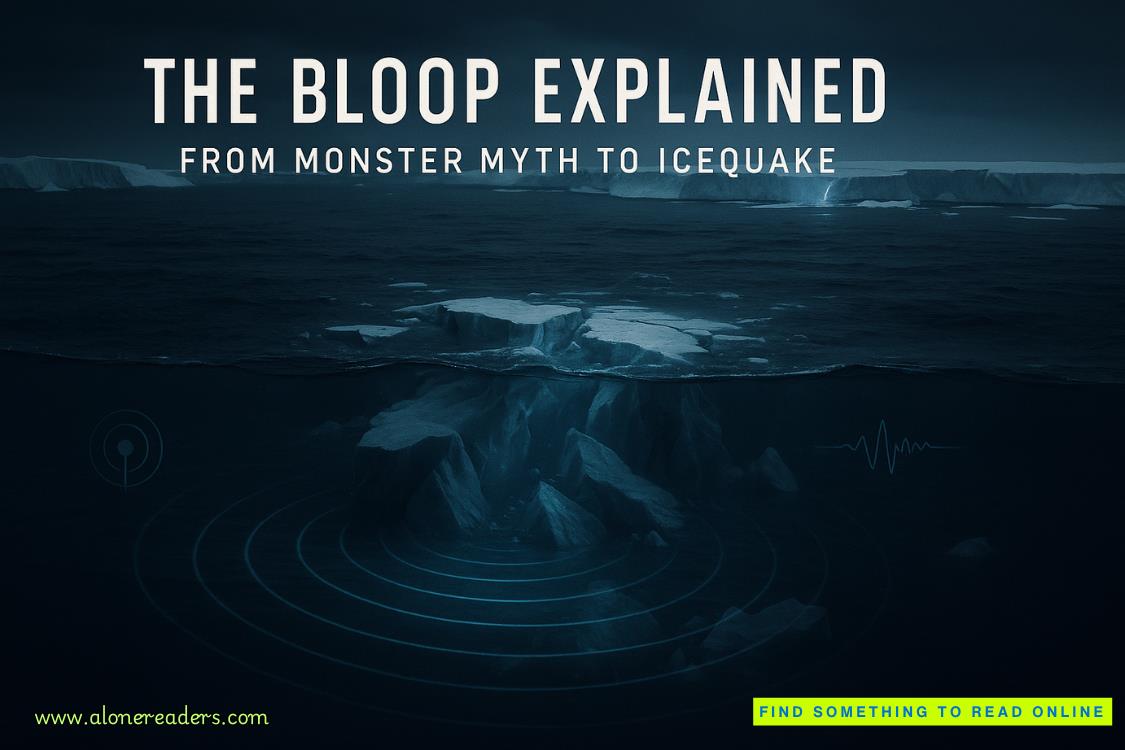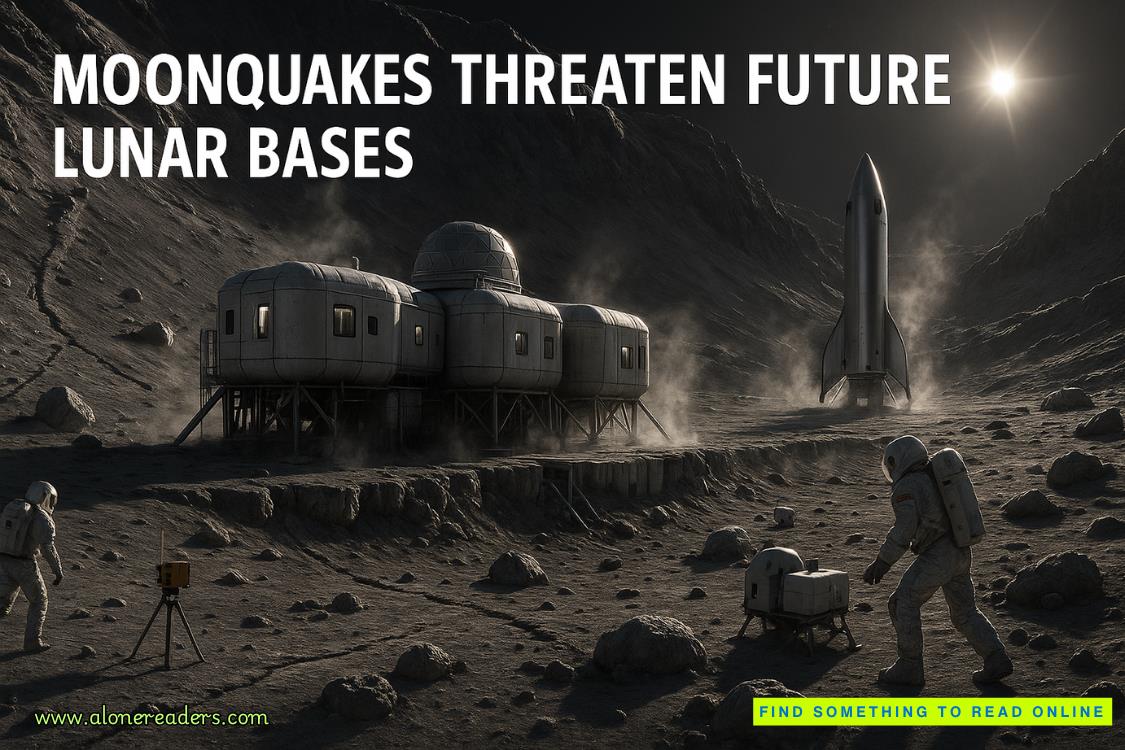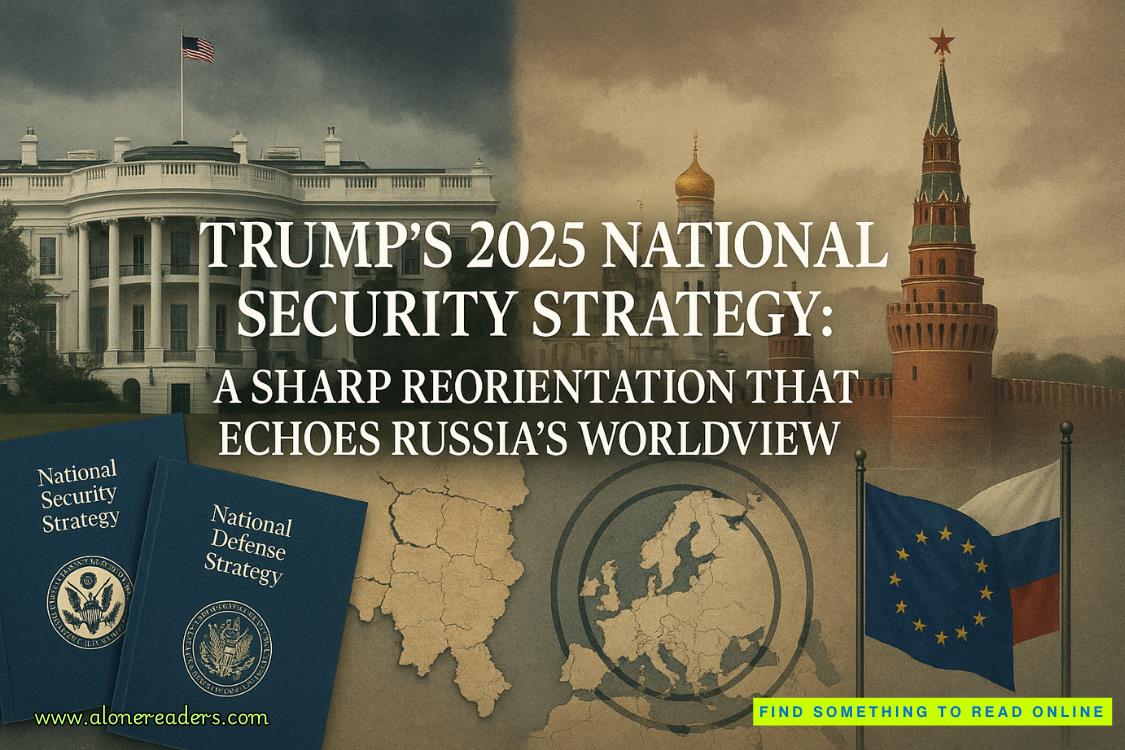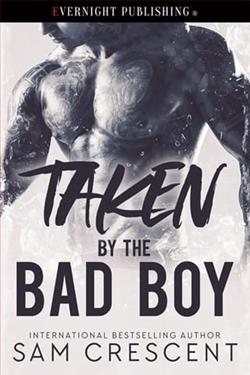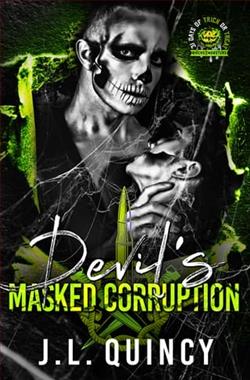Page 6 of The Atlas Maneuver
Part one done.
She powered up her engines.
Now for part two.
CHAPTER 3
LUXEMBOURGCITY
GRANDDUCHYOF LUXEMBOURG
10:00A.M.
CATHERINEGLEDHILL ENJOYED THE FIRSTTHURSDAY OF EACH MONTH. She was in her twenty-sixth year of employment with the Bank of St. George, one of the oldest financial institutions in the world. It had started in Italy and first received deposits and made loans nearly a hundred years before Columbus crossed the Atlantic. By the 17th century it was heavily involved in the maritime trade, financing kings, queens, and emperors along with such concerns as the Dutch East India Company. Unlike most of its competitors it withstood the centuries, possessing a sense of greatness and destiny, weathering financial panics, wars, and revolutions. After Napoleon invaded Italy he suppressed independent banks, which led to its closure in 1805. But not its eradication. The bank moved west from Genoa to Luxembourg and, after Waterloo, restarted its business, becoming one of many private financial institutions the duchy harbored.
There were no shareholders or regulators. A special Luxembourg law allowed the bank to freely communicate internationally, like an embassy, and it was exempt from local taxation. The institution was capitalized, in perpetuity, with private equity. Its customers were few and special, all by invitation only. Some individuals. Most corporations and institutional investors. Asmattering of governments. Royalty. Even other banks. Nothing retail, though, like checking or savings accounts. Everything was done at the wholesale level, providing services such as asset management, the buying and selling of foreign exchanges or precious metals, and selective loans and credit extensions, most to finance ultra-high-risk projects, which all accrued an above-market return on investment. Its business model was a delicate balance of risk and reward for clients who could afford to play, and pay, for those high-stakes games. They had one long-standing customer, though, which they’d spent the past seventy-five years quietly satisfying.
The Central Intelligence Agency.
But all that was about to end.
“Are we prepared to begin?” she asked the six others, each settled comfortably in a black leather chair around the long oval of a glass-topped conference table.
They each bore the title of consul. One for every continent, with the South American desk also handling Antarctica but, as of yet, no investment opportunities had materialized there. Each was highly successful with varying degrees of international finance experience. Two counts, one French, the other Spanish, heavy with inherited fortunes. Three others were former heads of competing financial institutions who retired early to take the positions. Another the retired creator of a European hedge fund known for high risk and equally high returns. She was the seventh member, the first consul, chosen by the others, not representing any particular territory but instead acting as board chairman and chief operating officer. They all resided in Luxembourg, a requirement for membership, but most retained dual citizenship.
Nothing about the bank’s operations was ever publicly discussed. It worked in total secrecy behind closed doors. She was the third generation of her family to serve. Her grandfather had been first consul too. But her father made it only to North American chair, understandable given his propensity for alcohol, which eventually killed him.
“I call the September meeting to order.”
She sat upright in the leather chair, her graying blond hair coiled tightly in a bun to the back of her head. She wore a gray silk blouse and charcoal skirt that clung to her thin frame. Both Chanel. No jewelry, save for a small pendant. A gift from her grandfather. St. George atop a horse. Fitting.
And symbolic.
The room around her reflected the solemnity of the gathering. Mahogany paneling with the matted patina that wood acquired after decades of polishing. Thick ornate draperies. Tasteful antiques. The only touches of modernity came from the glass conference table and a monitor that constantly scanned for electronic devices. She’d always liked the feeling of accomplishment the room oozed, the walls decorated with framed photographs. No captions or titles. Only successes that they all knew. The current batch included an offshore North Sea oil platform. A natural gas facility in Ghana. Italian textile mills. A British motion picture studio. And a German automobile plant. Three times a year the photographs were changed to display the most current of their investments.
They moved through the eight-point agenda, dealing with various scenarios from around the globe, some showing promise, a few not so much. Rarely did the bank become entangled in a failure, given its rigorous underwriting requirements. Sure, they took risks. But never foolishly. The main check and balance on recklessness was the fact that the seven around the table were compensated solely on the bank’s overall performance. So any losses would, quite literally, come out of their own pockets. It took a little less than an hour to deal with the agenda. The monthly meetings never lasted long. She closed the leather portfolio in front of her, the Cross of St. George embossed into its cover, foiled in red.
“I now need to update everyone on what’s currently happening,” she said. “Everything internally is secure.”
And it was.
The bank controlled, at last count, 4,556,298.67523984 bitcoin, procured over the past decade by a variety of means. Some legal,most not so much. Unknown to the world the bank was by far the largest possessor of bitcoin on the planet, now owning about twenty-three percent of the entire total. Those coins existed anonymously within the cyberworld inside 4,312 separate electronic wallets, each protected by a twenty-four-digit access code.
A private key.
The keys were encrypted and changed every few days on a random schedule to ensure the highest level of security. No paper record of the 4,312 keys existed. All of them dwelled inside a special server, not connected to the internet, that stored them behind a complex computer code designed to thwart any intrusion. Hence the labelair gap. Only five people could access the server. She was one of those. Three more were currently inside the bank, at work. The last was Kelly Austin. But she had left yesterday for a previously scheduled holiday in Switzerland.
“And Samvel Yerevan?” one of them asked.
“That is being handled, too. As we speak.”
Another task that also involved private keys.
At its heart bitcoin was nothing more than ones and zeros amid a computer program that generated mathematical challenges, requiring some of the fastest and most powerful computers in the world to solve. But if solved by people who cleverly called themselves miners, that same computer program sent a reward in the form of bitcoin. At present, that success was achieved, and 3.125 bitcoin were issued, every ten minutes. Four hundred and fifty a day. Was the whole thing strange? Odd? Not really. Little different from the other miners who once scoured the earth, or panned a stream, in search of gold. Both actions generated wealth. One traditionally, the other through something new and different.
But nonetheless valuable.
Gold was heavy, bulky, and difficult to transport. Bitcoin dwelled in the cyberworld, easily stored and capable of moving around the globe at the speed of light. At present, twenty million or so coins existed within over three hundred million online wallets, each accessible only through that owner’s unique twenty-four-digitalphanumeric private key. Have the private key, and you have that person’s bitcoin. The current value of the bank’s holdings? A little under 220,000,000,000 euros, all safe and secure.
